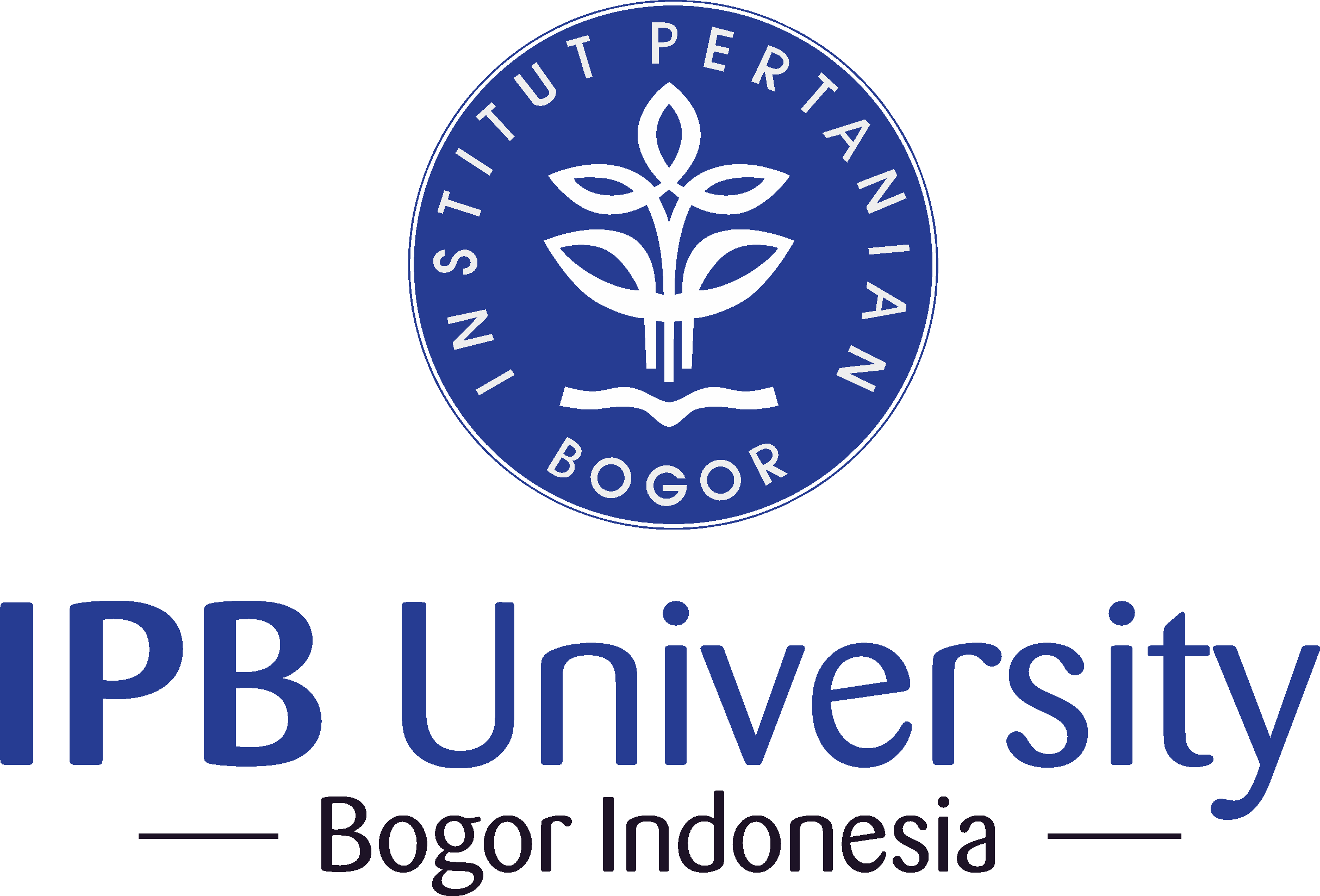Molecular Evidence Points to Strong Resemblance in the Parasitoid Species of Rice and Cogongrass Gall Midges, Platygaster spp. (Hymenoptera: Platygasteridae)
Abstract
The rice gall midge, Orseolia oryzae, and the cogongrass gall midge, O. javanica, cause gall formation on rice and cogongrass (alang-alang) (Imperata cylindrica). Two different species parasitize these two gall midges but closely related platygasterids, Platygaster oryzae on the rice gall midge and P. orseoliae on the cogongrass gall midge. Both the gall midges and their parasitoids are often found in the adjacent area, raising a question about the relationship between the two gall midges and their parasitoids. This research aims to study the molecular identity of the rice and cogongrass gall midges, along with their platygasterid parasitoids, based on partial sequences of the mtCOI gene. Samples were collected from rice and cogongrass in the adjacent area in Cianjur, West Java Province, and a rice field with no cogongrass in Bogor, West Java Province. Successful DNA amplification was achieved using universal primers for mtCOI. Nucleotide sequencing analysis revealed that the rice gall from Bogor and Cianjur shared 100% similarity and 93.2-99.3% similarity with the rice gall from other countries. Notably, the parasitoids P. oryzae collected from rice in Bogor and Cianjur shared 97.2% similarity with P. orseoliae collected from cogongrass in Cianjur. These findings suggest that the platygaster parasitoids associated with the rice gall and the cogongrass gall midges are identical, serving as potential natural enemies for both pests. This study represents the first molecular identification report of rice and cogongrass gall midges and their platygasterid parasitoids from Java Island, Indonesia.
Downloads
Copyright (c) 2025 Purnama Hidayat, Yuliana Ayu Lestari, Sari Nurulita

This work is licensed under a Creative Commons Attribution-NonCommercial 4.0 International License.
HAYATI J Biosci is an open access journal and the article's license is CC-BY-NC. This license lets others distribute, remix, tweak, and build upon author's work, as long as they credit the original creation. Authors retain copyright and grant the journal/publisher non exclusive publishing rights with the work simultaneously licensed under a https://creativecommons.org/

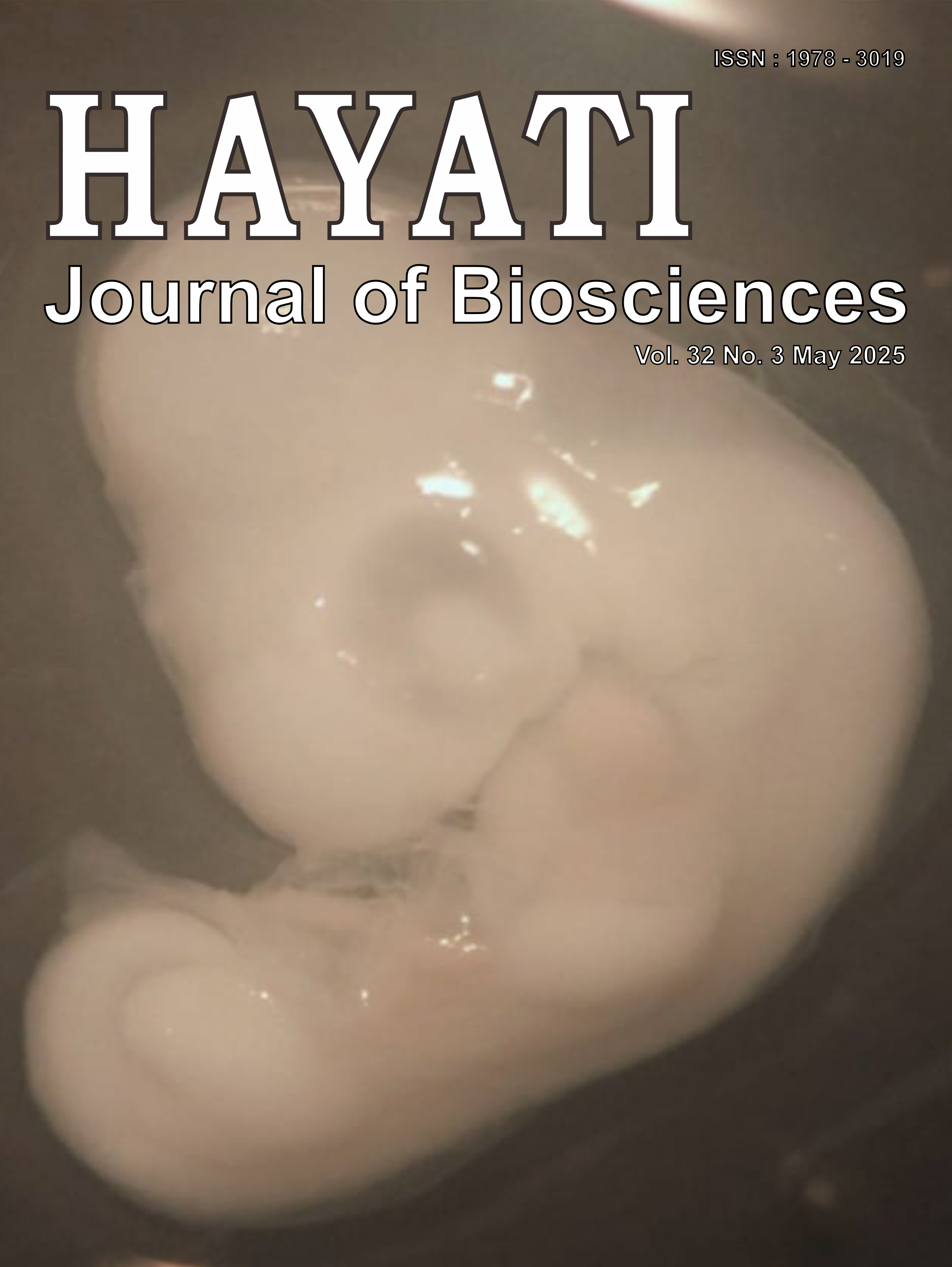








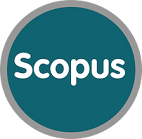
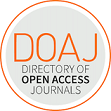




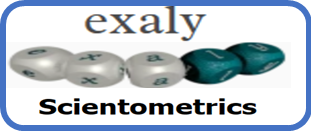




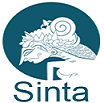



.png) IPB University
IPB University Department of Biology
Department of Biology The Indonesian Biological Society
The Indonesian Biological Society 